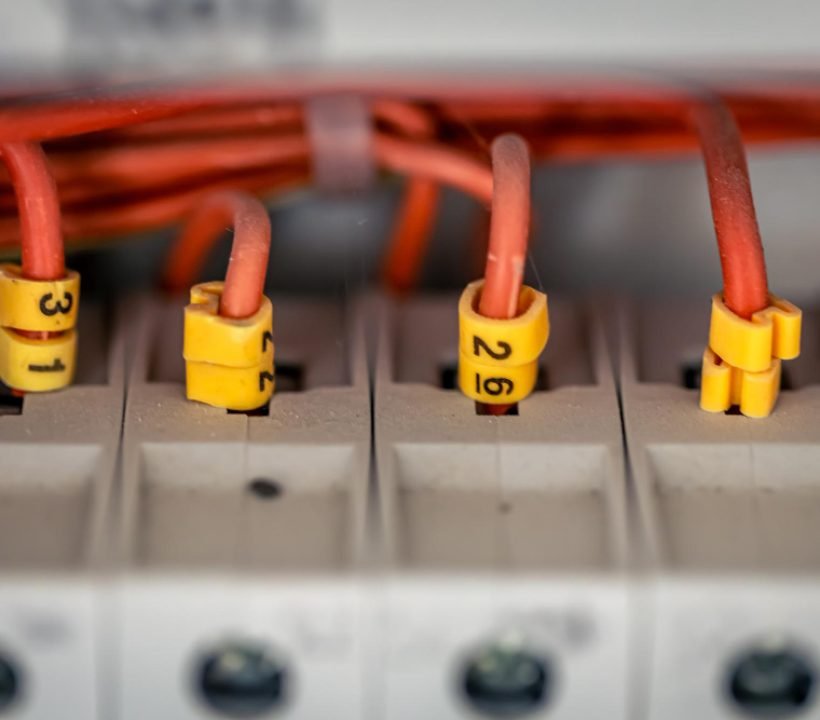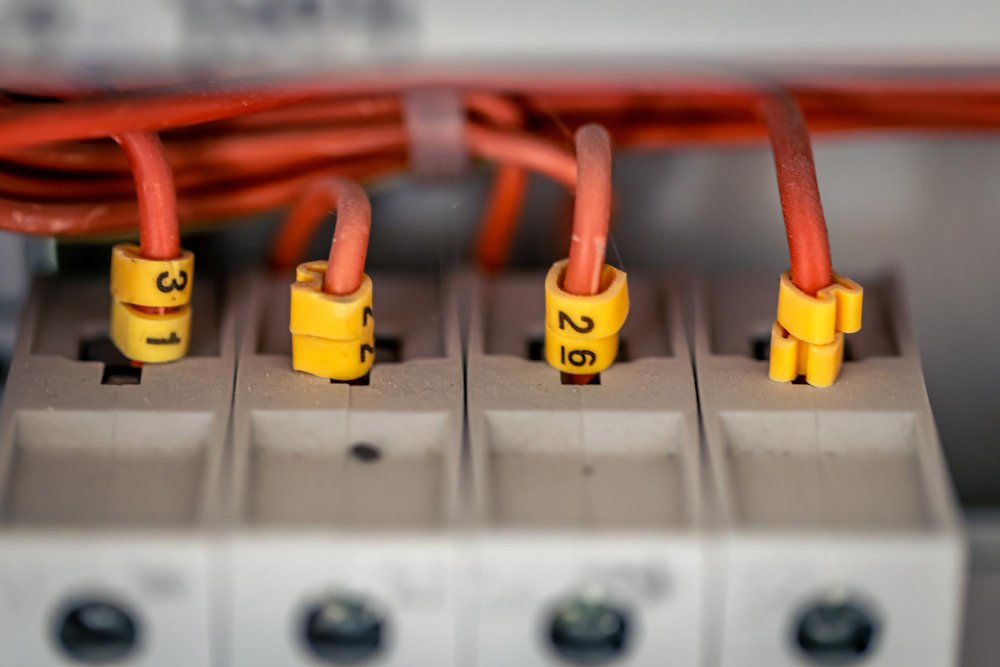
In summary, 132 KV circuit breakers are critical components in high-voltage transmission systems, providing protection, control, and reliability to ensure the safe and efficient operation of electrical networks. Their design, construction, and operation are tailored to meet the demanding requirements of high-voltage applications while prioritizing safety and reliability.





